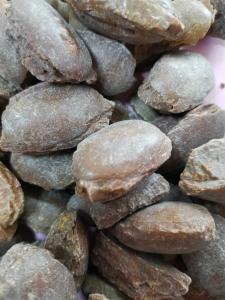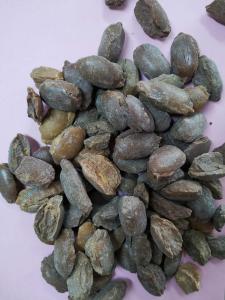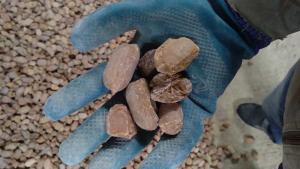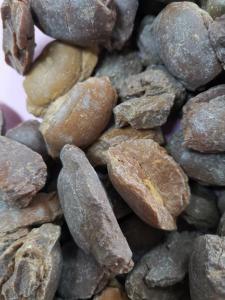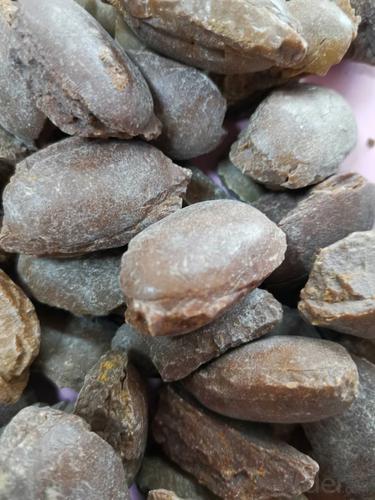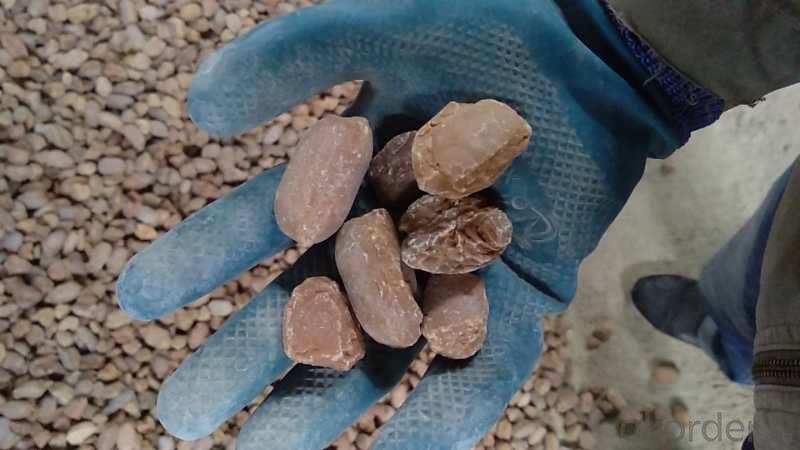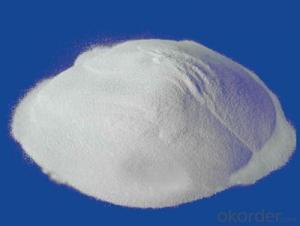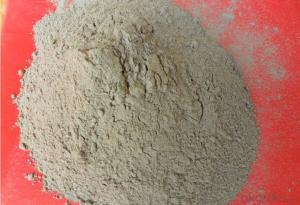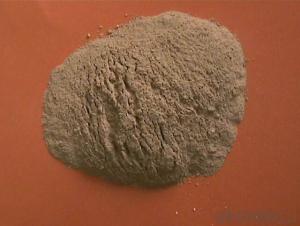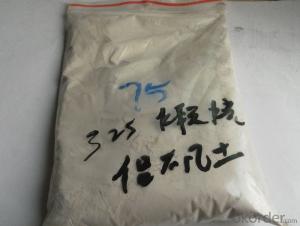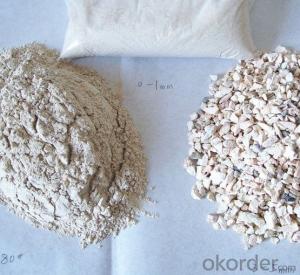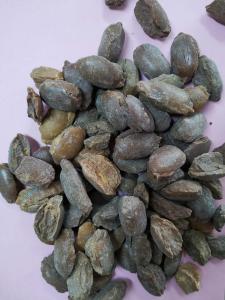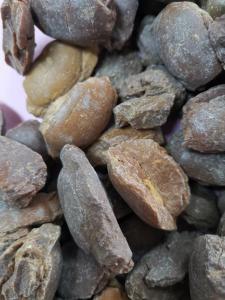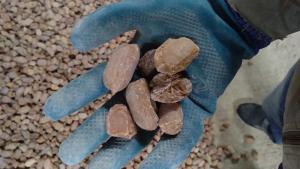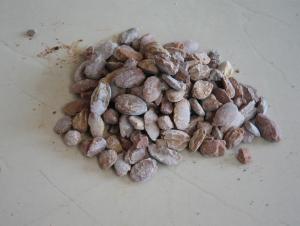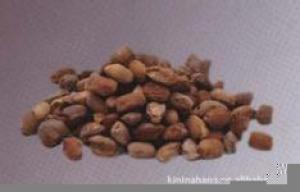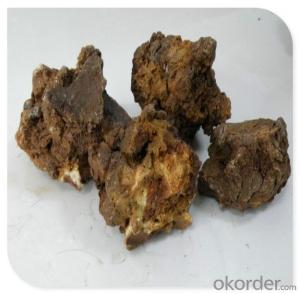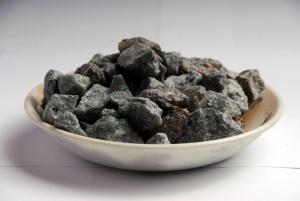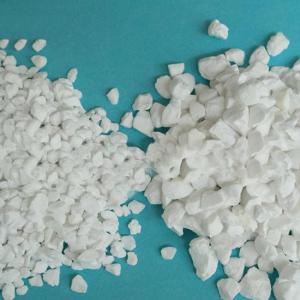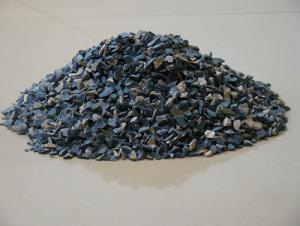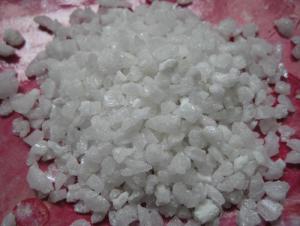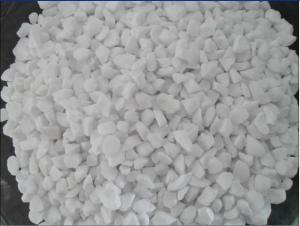Dead Sintered Magnesite High Grade DBM in Refractory
- Loading Port:
- China main port
- Payment Terms:
- TT or LC
- Min Order Qty:
- 25 m.t.
- Supply Capability:
- 1000 m.t./month
OKorder Service Pledge
OKorder Financial Service
You Might Also Like
Product Description
Quick Details
Place of Origin: Liaoning, China
Application: Refractory
Shape: Granule, Powder
Material: Magnesite
Chemical Composition: Mgo
Mgo:90%-97%
Product name: DBM
Payments terms: 1. 100% L/C at sight 2. 30% T/T prepayment, balance against BL copy
Delivery Time: Within 30 days after receiving L/C or 30% T/T prepayment
Usage: Metallurgy, Foundry, Abrasive, Refractory, Deoxidizer
Advantage: Timely Shipment, High quality, Good performance
Packing: 1mt/bag or as customers' requirements
Size: 0-30mm etc
Sample supply: free sample
Color: Yello
MOQ: 25Mt
Supply Ability
Supply Ability:1000 Metric Ton/Metric Tons per Month
Plant photos:
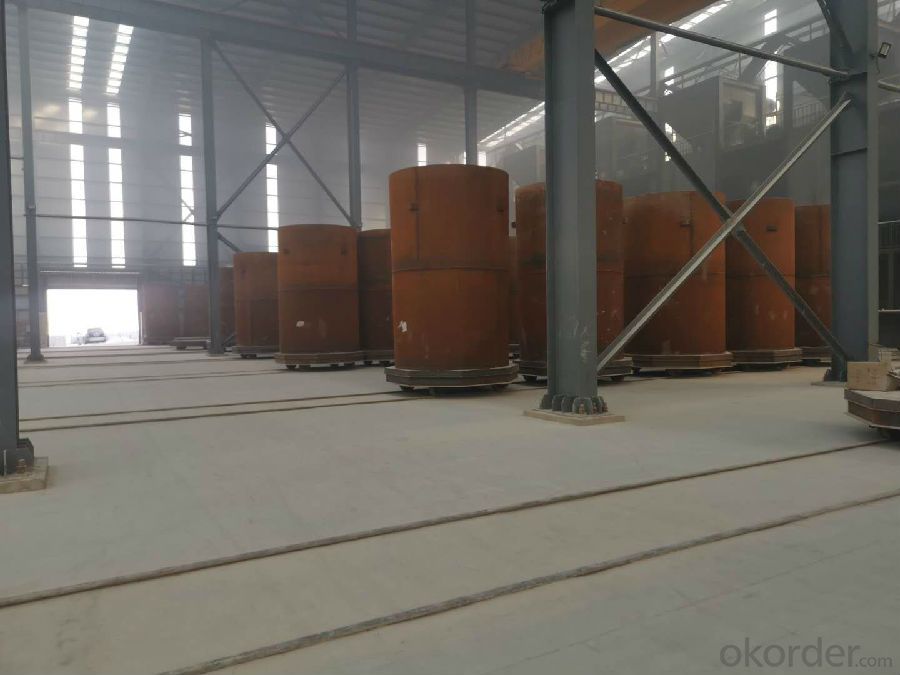
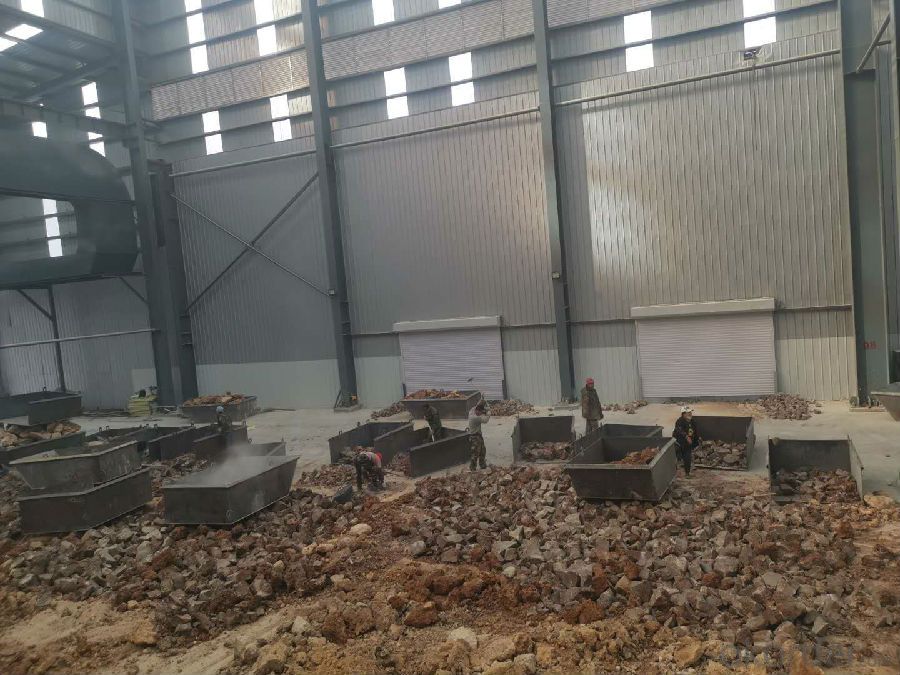
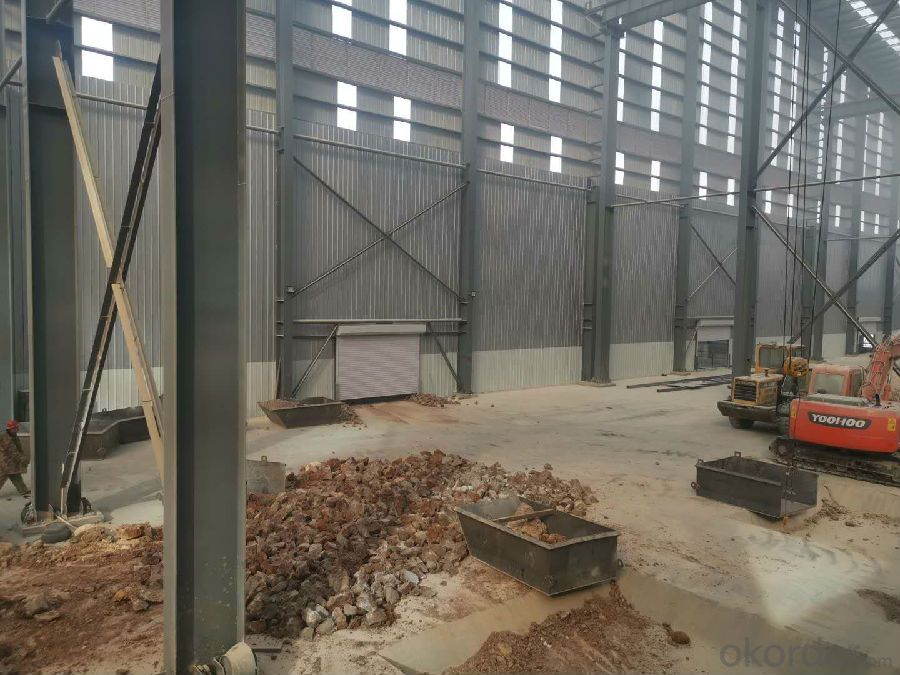
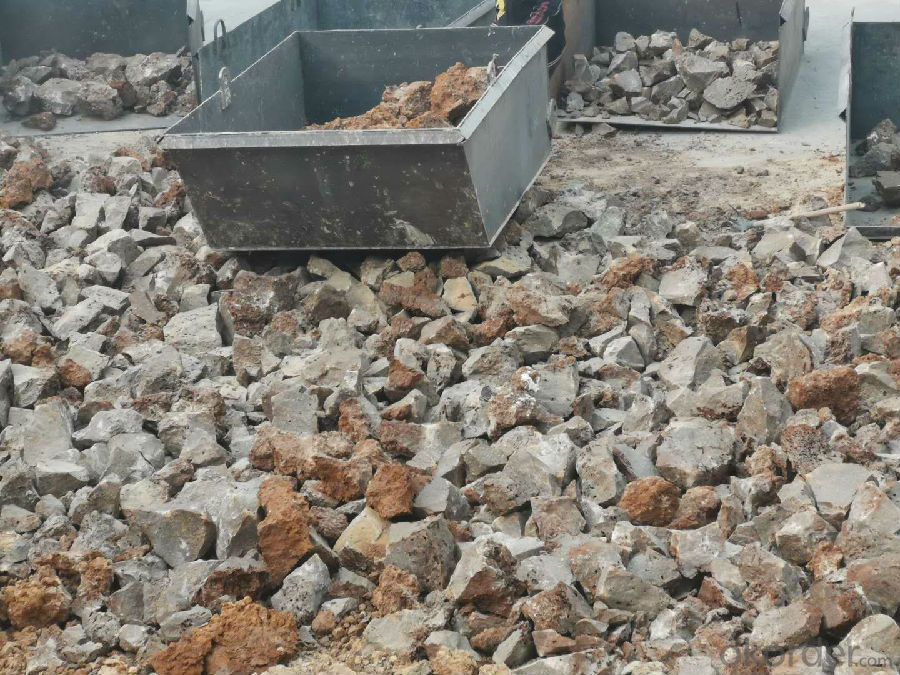
Packaging & Delivery
Packaging Details1MT/bag or as customers' requirements.
Port Main port of China
Loading:
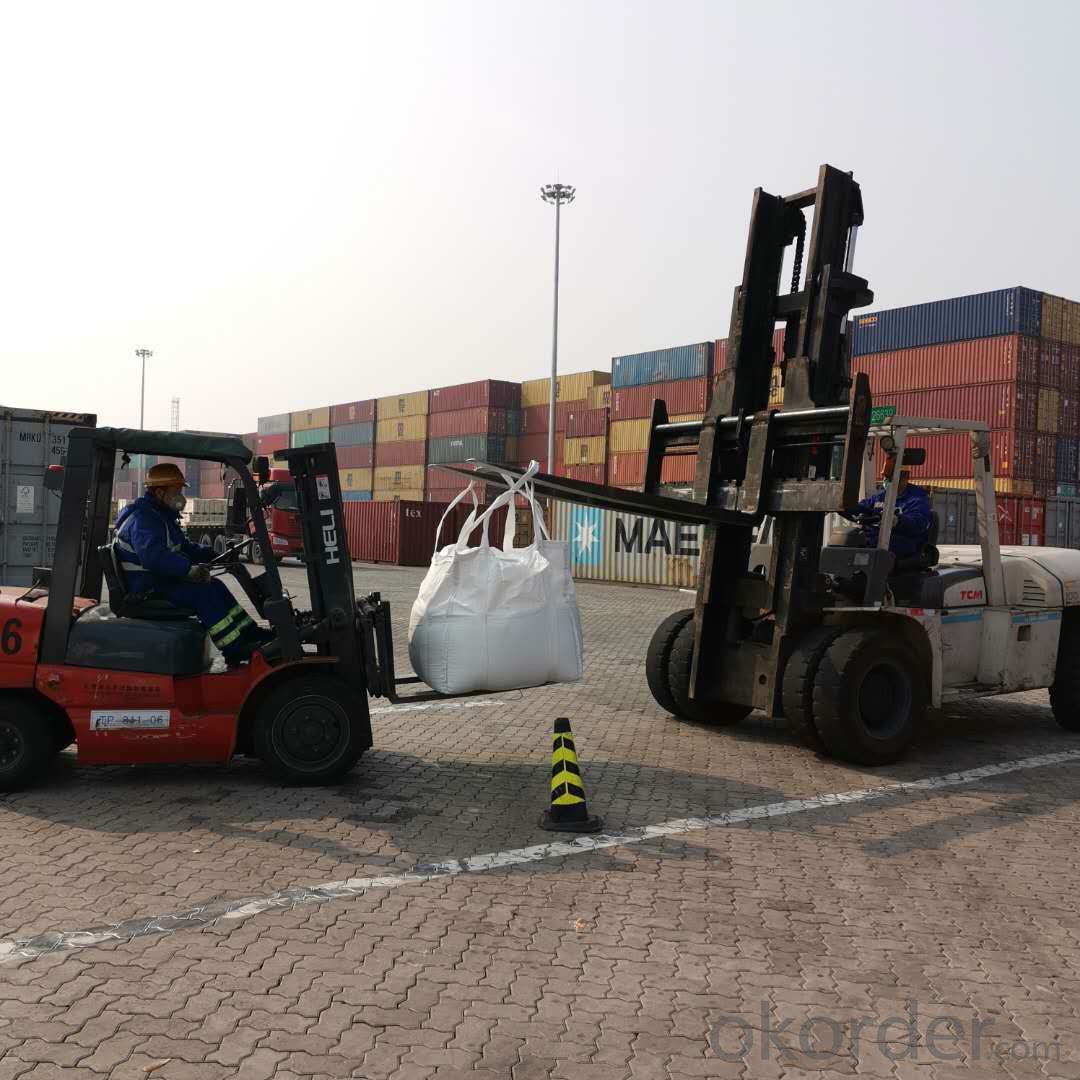
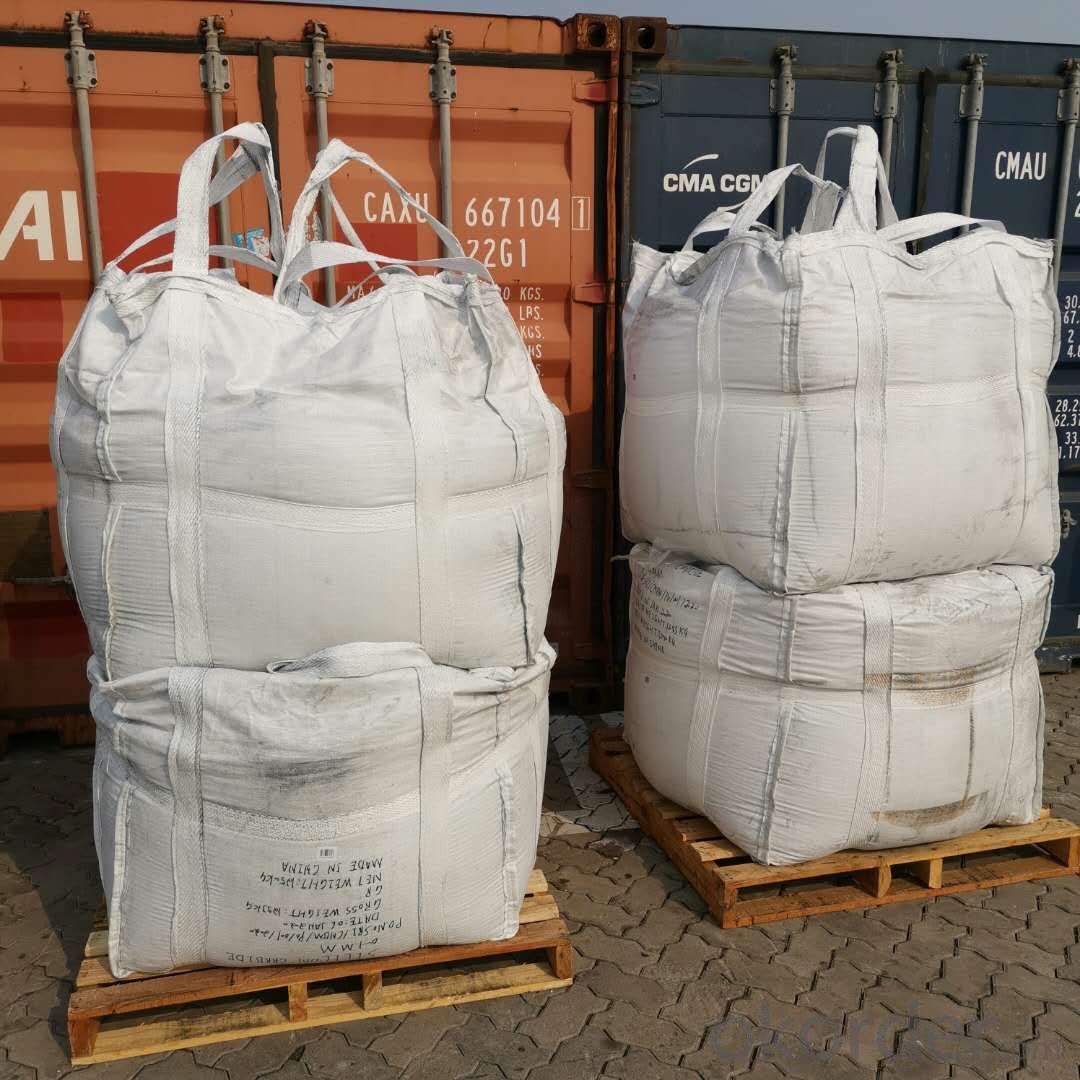
Description:
DBM- dead burnt magnesia is produced using selected natural magnesite that is purified and is calcined in a shaft kiln.The final product is used for electric furnace floors and furnace liner tamping.
high temperature performance and high-density, strong anti-permeability ability and easy to rapid sintering, very thin sintered layer,good thermal shock stability, strong slag-resistance, long service life and so on.
Application:
Refractory ,Magnesia-carbon brick,Steel-making,Ceramic
- Q: what's the seal of fireproofing material?
- Folded organic putty takes organic material as bond,it has certain flexibility or plasticity while using, and it's products are thick liquid or cement shaped object. Folded WXY-II is powered?solid that takes inorganic materials as main components, it has certain workability while used with admixture. Folded fire retardant bag is the packaged object made by fireproofing material, and it's suitable for fireproofing seal of larger openings or fire separation of cable?bridge(fire retardant bag also refers to fireproof bag) Folded fire retardant module is the solid made by fireproofing material with certain shape and size, and it is easy for cutting and drilling, suitable for fireproofing seal of opening and cable?bridge. Folded seal board is made by fireproofing material, it's easy for cutting and drilling, suitable for fireproofing seal of large opening. Folded foam seal is a kind of fireproofing material that can automatically expand and foam and sealed by opening after injecting the foam into opening. Folded sealing strip is a product or flexibility coiled material mede by fireproofing material with certain geometry shape. Folded sealing gum is a kind of liquid fireproofing material that has a function of fireproofing and sealing. Folded fire retardant bag is soft and windable tape-shaped product made by fireproofing material, it is winded on the external surface of plastic pipe and fixed with steel belt or other proper methods, it's the expansion, squeezing and softening pipe after contacting with fire, opening left by burning or soften of seal plastic pipe. Folded fire retardant ring is the product made by fireproofing material and metal shell, it's covered on the external surface of the plastic pipe, expanding and sealing after contacing with open fire, the opening left by burning and soften of plastic pipe when it passes through the opening of wall and floor.
- Q: Do you know the refractories?
- Definition of refractory: inorganic non-metallic material with fire resistance greater than 1580 degrees is refractory.Refractory material is a part of material industry. It is named refractory material for thermal kiln. Refractory materials are divided into conventional refractory materials and special refractory materials, and conventional refractory materials are used in metallurgical furnaces, cement kilns, glass kilns and other thermal furnace lining materials, mostly processed from natural raw materials. Special refractory materials are of high purity, mostly oxide synthetic materials, used in special smelting equipment, or special parts of kilns.
- Q: What's the requirements of fire-fighting criteria of heat insulating material?
- Specific provisions go as the following article 8: roof grassroots adopted duration of fire resistance is the non-combustible component that shouldn't less than 1.00 h's. Its roof insulation materials should not be below B2; Otherwise, the combustion performance of insulating material should not be below the B1 level. Article 9: The junction of the roof and wall, the insulation layer around the opening part of roof should use the grade A thermal insulation material to set level fire-fighting belt that width is not less than 500 mm. Article 10: the roof waterproof membrane or flammable insulation layer should adopt incombustible material to cover.
- Q: What refractories are accessible with ease in daily life?
- Refractory mortar. Thermal insulation refractory materials include diatomite products, refractory castables, monolithic?refractories, carborundum bricks, gun-mix refractories, semi-silica bricks, borides, beryllia, silicide, calcium oxide, high alumina refractory brick, refractory coatings, corundum bricks, fireclay?bricks, silicon nitride bonded silicon carbide bricks, chromium hemitrioxide and other refractories. What refractories can be found mostly in the market? Common refractories. Common refractories include silica bricks. The mostly used unshaped refractories include fettling, ramming refractories, castable refractories, plastic refractories, refractory clay, gun-mix refractory, sling refractories, refractory coatings, lightweight refractory castables, stemming etc. The mostly used insulating refractories include diatomite products, asbestos products, insulation panels, etc. The mostly used special refractories include AZS bricks.
- Q: What are the refractory materials above 1000℃
- It is a piece of cake to meet your requirement, anyway you can try unshaped castables like corundum and other refractory materials used in steelmaking which are above 1500℃ basically .
- Q: how to divided the external wall thermal insulation materials fire rating
- Level A: Incombustible building material: It is a kind of material that almost does not occur burning. Level B1: Nonflammable building material: Non-flame material has good flame resistance. It is difficult to fire under the condition of open fire in the air or high temperature, and it is not easy to quickly spread, and when the combustion?source is removed, the combustion will stop immediately. Level B2: Combustible?building?materials: Flame material has a good flame resistance. In case of fire in the air or at high temperature, it will immediately burst into flames, and easily lead to the spread of fire, such as wooden column, timber roof truss, timber beam and wooden stairs. Level B3: Combustible?building?materials: It has no any flame resisting effects, and is easy to burn, so the fire risk is high.
- Q: Which fire-resistant materials have good viscidity?
- The viscidity of fire-resistant materials is also known as the binding performance of fire-resistant materials. It can be divided into chamotte and chemical binder. Both can work at normal or high temperature. The most commonly used chamotte are soft clay and aluminate cement. The commonly used chemical binders include sodium silicate, phosphoric acid, aluminum sulphate, aluminium phosphate, phenolic resin, etc. Fire resistant material is a complicated and overloaded system and we cannot know its materials and chemical components from the name alone. Both gunning mix and repair mix contain binder components. If they can used after adding water, then they may contain clay or fire resistan aluminum silicate cement.
- Q: What is the material of fire resistant glass reinforced plastics grating?
- What is the material of fire resistant glass reinforced plastics grating?
- Q: Which schools are the best schools in the world for learning knowledge about refractories?
- Wish it helps you out.
- Q: What can red stone refractory do?
- Classification is divided into ordinary and special refractories two major categories. Ordinary refractories are divided into acidic, refractory, neutral and alkaline according to their chemical characteristics. According to the special refractory material consists of high temperature oxide, refractory compounds and high-temperature composite materials in addition, in accordance with the fire intensity can be divided into ordinary refractory products (1580 to 1770 DEG C), advanced refractory products (1770 to 2000 DEG C) and special refractory products (more than 2000 DEG C). According to the product shape can be divided into block (standard brick, special-shaped brick), special shape (crucible, sagger, pipes, etc.) (fibrous silicate aluminum, zirconium oxide and boron carbide material) and indefinite shape (refractory clay, pouring material and ramming material etc.). According to the sintering process, the products are divided into sintered products, casting products and fused blowing products. The main varieties of in general and special refractory materials, common varieties are mainly the following: acid refractories have a larger amount of silica brick and clay. Brick is siliceous products containing more than 93% SiO2, the use of raw materials with silica, silica and other waste. The silica acid slag erosion ability is strong, but vulnerable to the erosion of basic slag, its softening temperature is very high, close to the fire, the volume does not shrink after repeated burning, or even a slight swelling, but poor thermal shock resistance. The brick is mainly used for thermal equipment of glass furnace, coke oven, acid furnace etc.. Containing 30% ~ 46% alumina clay brick, with refractory clay as the main raw material, refractory 1580 degrees to 1770 degrees, good thermal shock resistance, which belongs to the weak acid refractory material, resistance to acid slag, widely used, is the largest production of a kind of refractory material.
Send your message to us
Dead Sintered Magnesite High Grade DBM in Refractory
- Loading Port:
- China main port
- Payment Terms:
- TT or LC
- Min Order Qty:
- 25 m.t.
- Supply Capability:
- 1000 m.t./month
OKorder Service Pledge
OKorder Financial Service
Similar products
Hot products
Hot Searches
Related keywords
